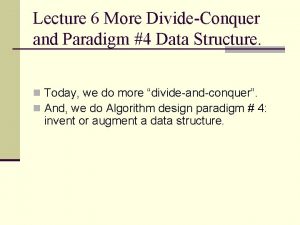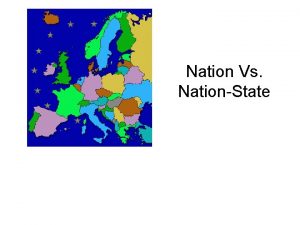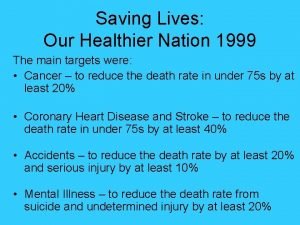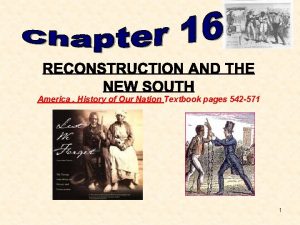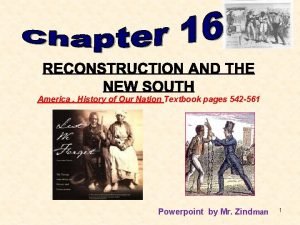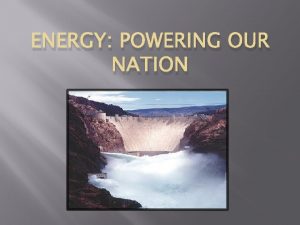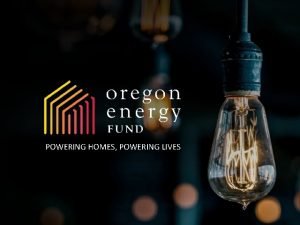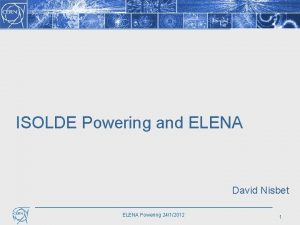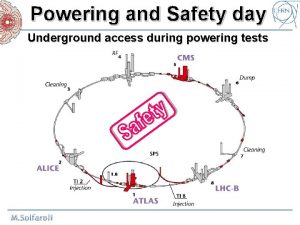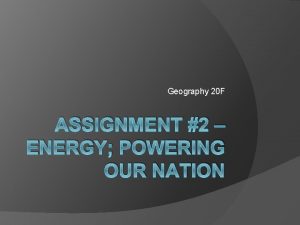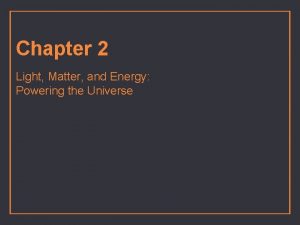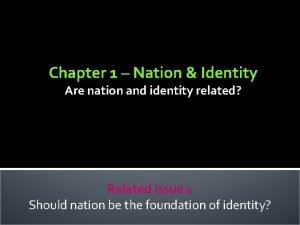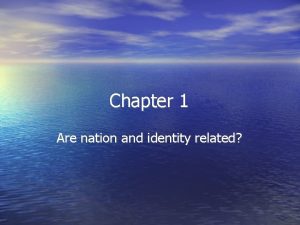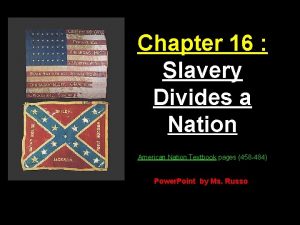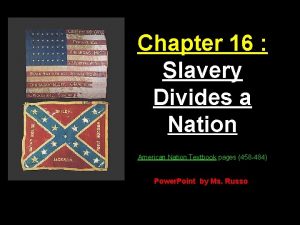Energy Powering Our Nation Chapter 24 Why do


















- Slides: 18

Energy: Powering Our Nation Chapter 24

Why do you think Canada would be the highest user of energy in the world? Cold climate Spread out population – high transportation costs Industrial Economy Energy is cheap so we tend to waste it!

Energy Sources Conventional Energy Sources Oil/Natural Gas, Coal, Hydro and Nuclear Energy Alternative Energy Sources Solar, Wind, Biomass Energy

Energy Terminology (do not have to write) To compare different forms of energy we need a common unit of measure The basic unit to measure energy is the joule (J) One joule is a tiny amount of energy Usually energy is reported in gigajoules which equal one billion joules or pentajoules which equal one million gigajoules

Oil and Gas Oil and gas are found together How they formed Millions of years ago parts of Canada was covered with shallow seas. Dead plants and animals fell to the sea floor Eventually the sea evaporated and sediments formed layers on top of the dead plants and animals The pressure from all the layers of sediment converted the plant and animal matter into oil and gas


Finding Oil and Gas (do not have to write) It is hard find oil and gas deposits because they are buried so deep Geologists use the following tricks to find the deposits: Look for rocks on the surface that have traces of oil Search for fossils Conduct seismic surveys that use shock waves

Drilling for oil and gas (do not have to write) Determining if oil and gas are where you think it is can only be done by drilling It’s costly and time consuming There are three results of drilling No oil or gas Oil and gas are found but there is not enough to justify the cost of extraction and transport The deposit is large enough to develop

Collecting the Oil and Gas Removal of oil from the ground proceeds in one of two ways: Flowing Wells – there is enough natural pressure to force the oil or gas to the surface. The flow at the surface is controlled by a series of valves called a Christmas tree Non-flowing wells – electric or gas powered pumps are used to get the oil or gas to the surface

Canada’s Oil and Gas Most production comes from the western part of the Boreal Plains and Prairie Ecozones Production comes from conventional crude oil that is pumped from the ground and from oil sands.

Oil Sand Oil sand is an area that has bitumen covering individual particles of sand Bitumen is an oil-like substance The oil sand is easily dug up but then it is hard to get the oil separated from the sand Expensive process As conventional deposits get used up the extraction of the oil from the oil sands will increase

Alberta’s Oil Sands

Flattening out the land

Electricity Most electrical energy comes from a generator Generators convert mechanical energy into electrical energy In Canada there are three main ways that this mechanical energy is produced Moving water – Hydro Electric Generating Stations Expanding steam – Thermal Electric Generation Plants Expanding Steam – Nuclear Electric Generating Stations

Thermal Electricity The steam that is used to move the turbine is created by burning fuel like coal, oil, natural gas, wood, etc. Advantages Plants can be built where the energy is needed therefore there are short transmission lines Plants are relatively cheap to build Disadvantages Fuel costs are high Most of the fuels used are non-renewable Carbon dioxide is produced

Nuclear Electricity The steam that is used to turn the turbines comes from the heat created by nuclear fission. Nuclear fission is the radioactive breakdown of uranium atoms

Nuclear Electricity Advantages Plants can be built where energy is needed Low operating costs We have lots of uranium in Canada Normally they do not produce air pollution Disadvantages High construction costs Radioactive materials are very harmful to humans Waste products remain dangerous for 100 000 yrs Plants need to be rebuilt relatively often

Getting the Electricity to Market Often electricity is transmitted 100 s of kms to where the people that need it are The generating systems direct their electricity to power grids The customers then take the electricity from the grid. Provinces and states in North America have grids that are all connected therefore electricity becomes a commodity that can be exported for profit
 Powering our future
Powering our future Powering a number divide and conquer
Powering a number divide and conquer Why why why why
Why why why why Example of nation
Example of nation Country vs nation
Country vs nation Nation state vs nation
Nation state vs nation Early chinese traders who visited mindoro called our nation
Early chinese traders who visited mindoro called our nation Saving lives our healthier nation
Saving lives our healthier nation America history of our nation textbook
America history of our nation textbook History of our nation textbook
History of our nation textbook 21 february is a memorable day in our nation's history
21 february is a memorable day in our nation's history Don't ask why why why
Don't ask why why why Energy energy transfer and general energy analysis
Energy energy transfer and general energy analysis Energy energy transfer and general energy analysis
Energy energy transfer and general energy analysis Thinking language and intelligence
Thinking language and intelligence Our census our future
Our census our future Longing for peace our world is troubled
Longing for peace our world is troubled Our life is what our thoughts make it
Our life is what our thoughts make it We bow our hearts we bend our knees
We bow our hearts we bend our knees

